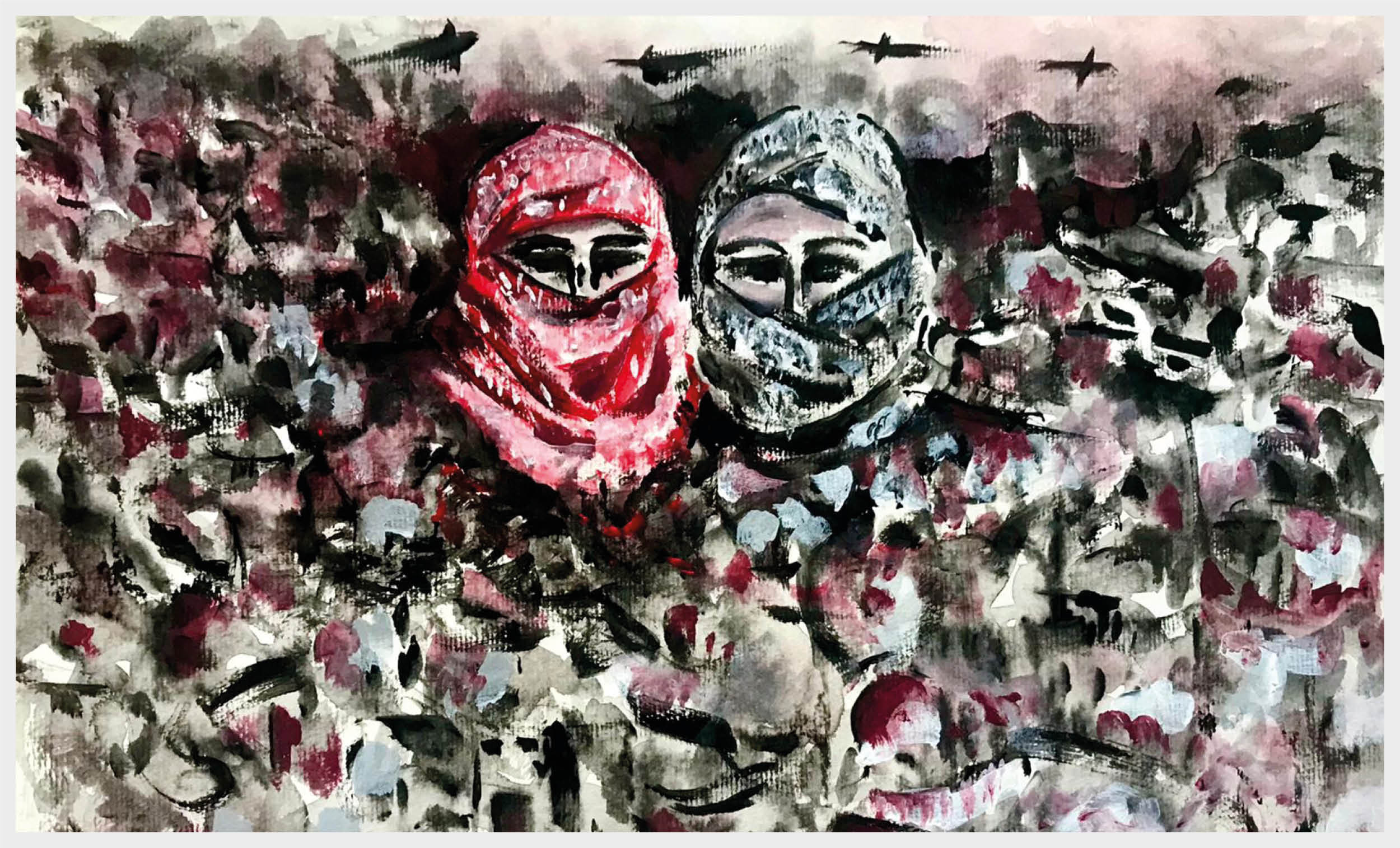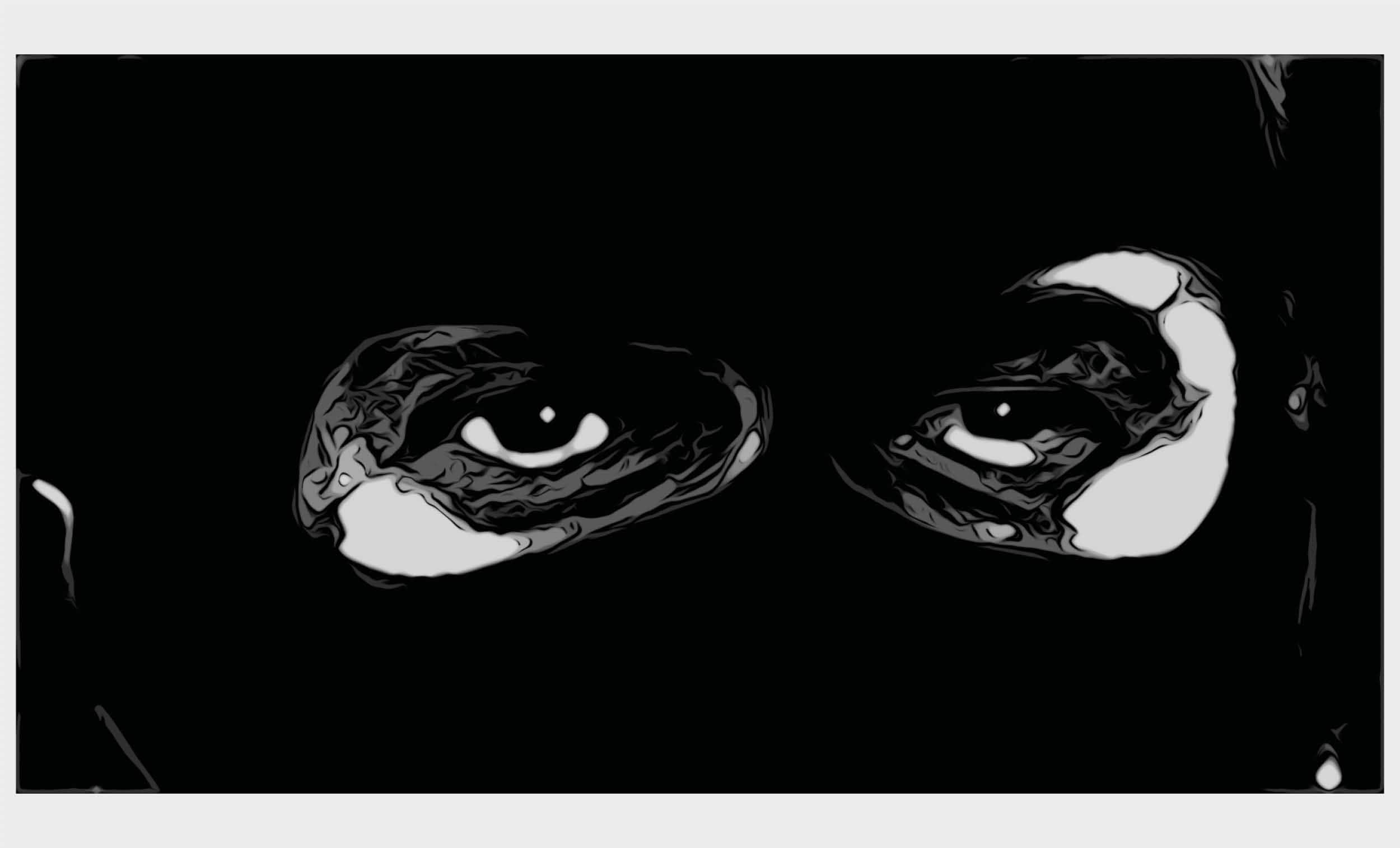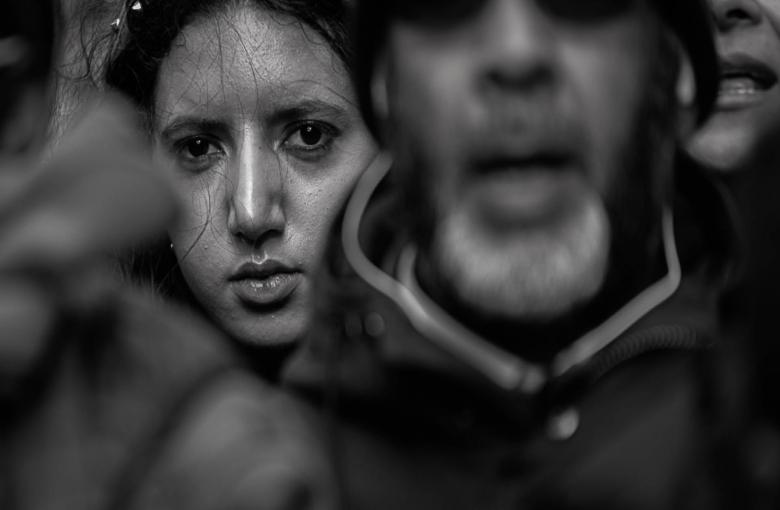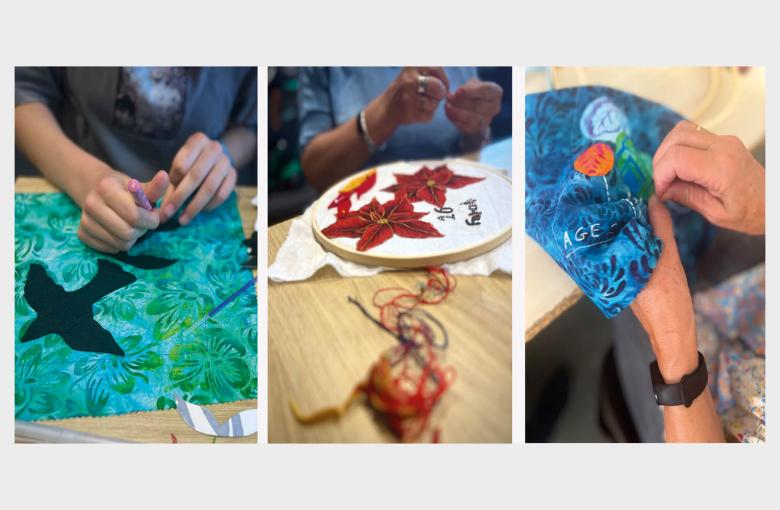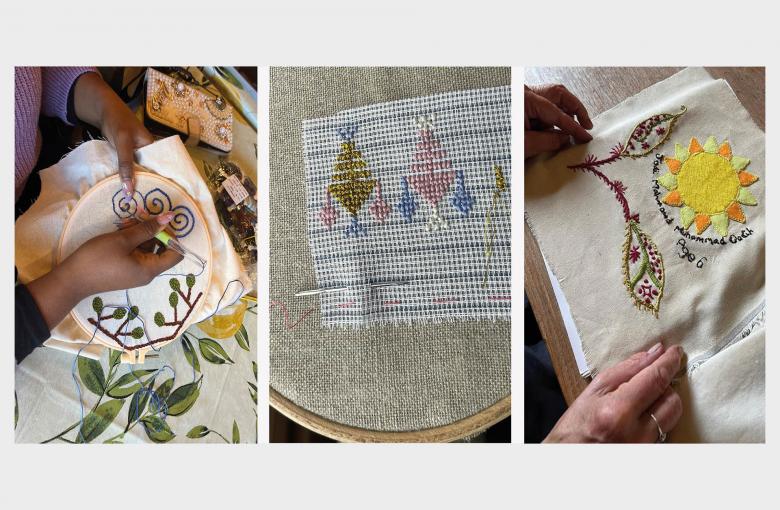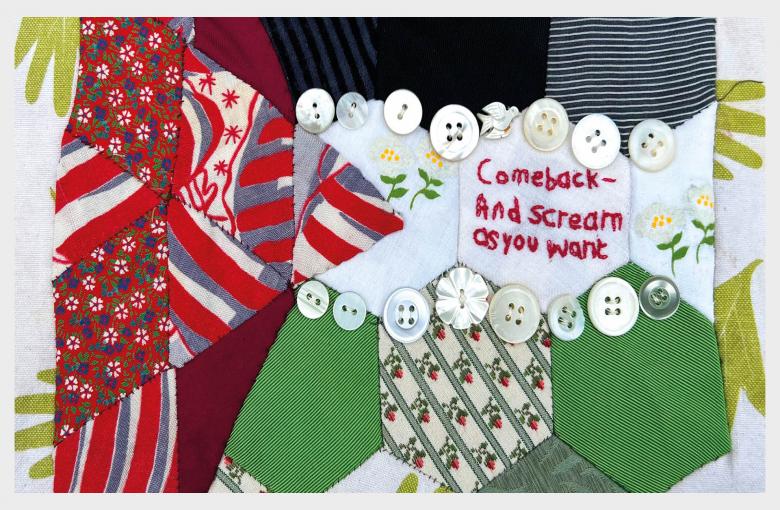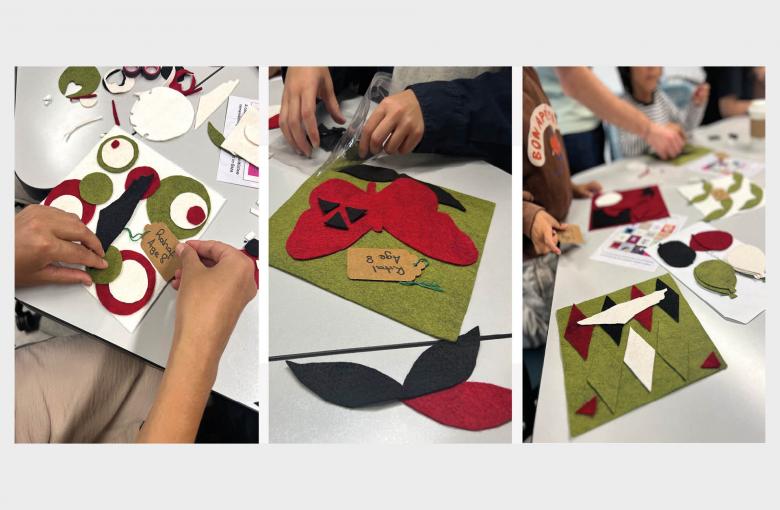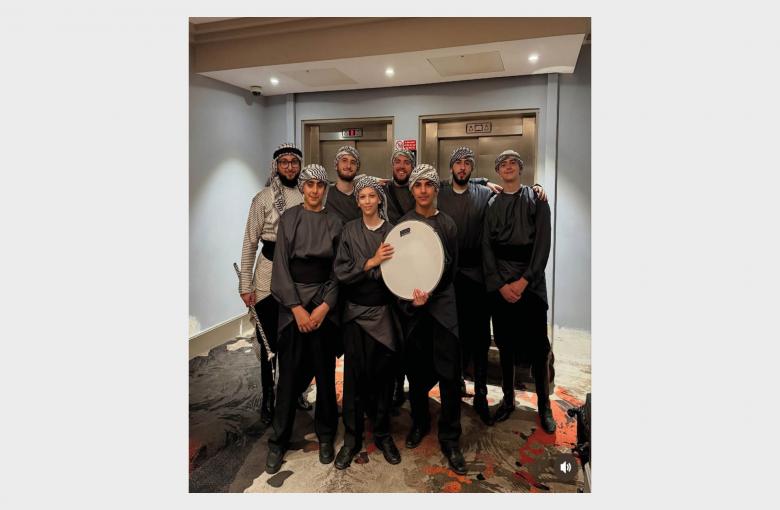Exhibition / Conversations / Making / Voices
Each Child a Light is a collaborative quilt project.
Multiple acts of solidarity, of bearing witness, of mourning.
A collective promise never to forget the children of Gaza murdered in Israel’s genocide.




